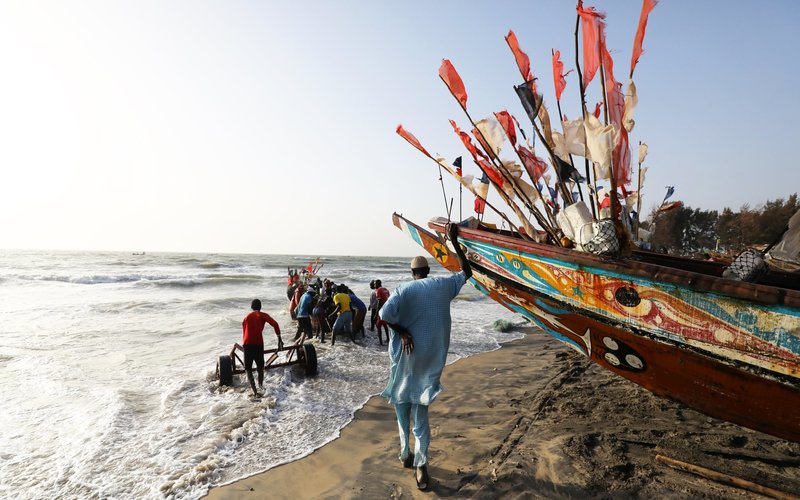
Senegal
On the road out of Dakar, heading down the coast, we passed through a baobab forest. The guide was fairly blase about it but I insisted on stopping and exploring. It was the first intimation that Senegal is an amazing place and, secondly, that it doesn’t quite realise it. The country continued to surprise and delight me throughout the trip, which was to the coastal province of Casamance, a bird-watchers’ paradise. What really impressed me was the people: energetic, intelligent and – above all – creative: the standard of artistry and craftsmanship was extremely high. Added to all that, you have good beaches, winter sun and no jetlag.
Mount Palomar Observatory, California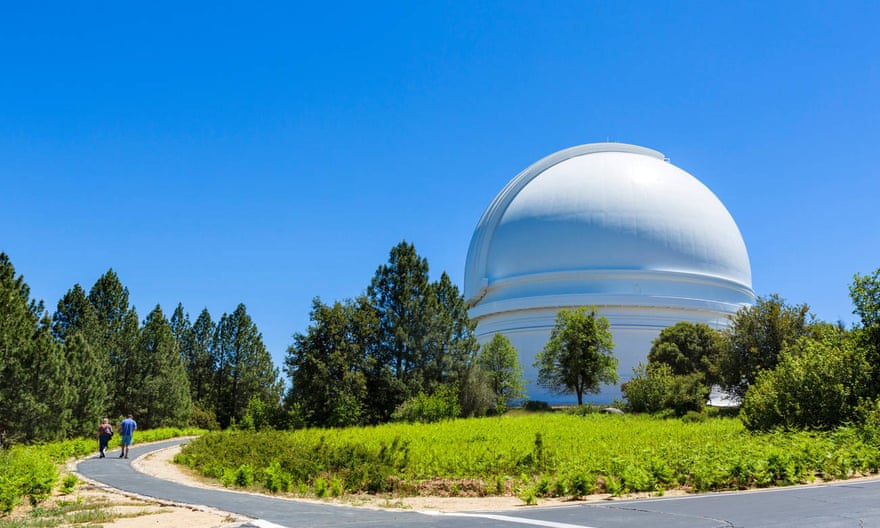
It was the hottest day of the year but as the road spiralled up the almost-1,900-metre mountain, through increasingly lush vegetation, I saw a thundercloud in the rear-view mirror, far away, over Mexico. After a pit stop at Mother’s Kitchen cafe (brilliant veggie chilli), it was on to the Palomar Observatory. The building’s vast white dome shone brilliantly against the gathering storm. Soon, hailstones the size of conkers crashed down and lightning flickered. The tour, set to booming thunder, was inspiring and the tech on show “super-cool” according to my fellow visitors. Clearing skies were the cue for a hike around the park’s forest with a stop-off at the Boucher Hill fire lookout post and its vista to the desert borderlands.
Lake swimming, Portugal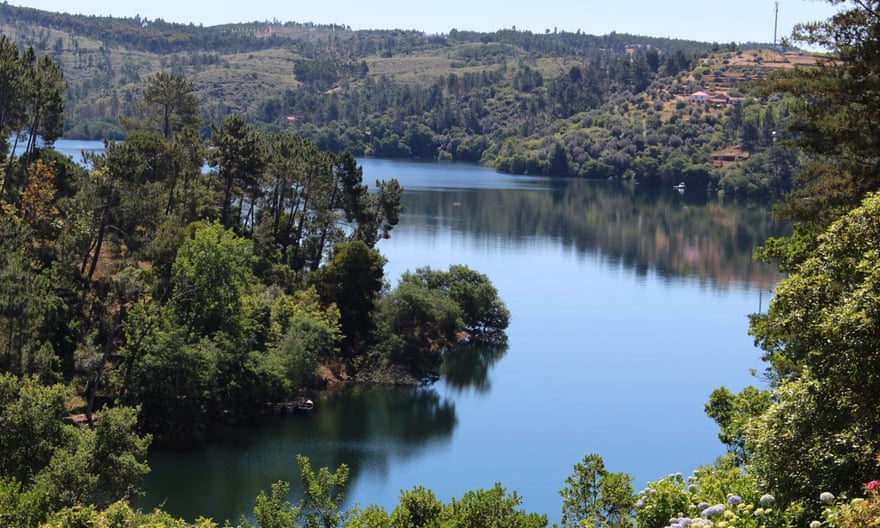
About two hours south-east of Porto, the Castelo de Bode dam on the Zêzere River forms a vast reservoir surrounded by pine and eucalyptus forests. Nearby Quinta do Troviscal (troviscal.com) is a B&B with four rooms, amazing views and a path at the end of the garden leading down to the water: cue lazy days spent sunbathing on the private deck and swimming in the lake. Who needs a beach? The town of Tomar, a 15-minute drive away, built by the Knights Templar on the banks of the Nabão River, is a maze of cobbled streets and ancient churches, with a grand castle and convent on a hilltop.
Old Capital Bike Inn, Bangkok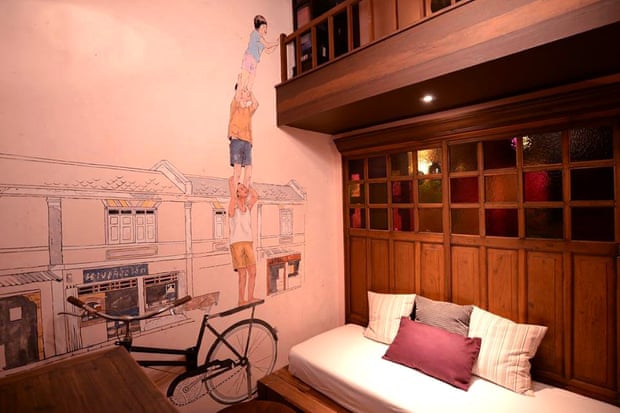
Seeing Asia on two wheels is an attractive idea but scary in its crazily teeming cities. Step forward the Old Capital Bike Inn, with its fleet of well-maintained vintage bikes. New owner Jason Lim has restyled this boutique hotel in the historic quarter on a cycling theme, and runs complimentary night rides. Pedalling the stately machines, we took in the Grand Palace, a street of shops selling Buddha statues, and a park where locals were playing sepak takraw (kick volleyball). I then felt brave enough next day to borrow a bike and explore the klongs (canals) and Chao Phraya riverside.
Akranes lighthouse, Iceland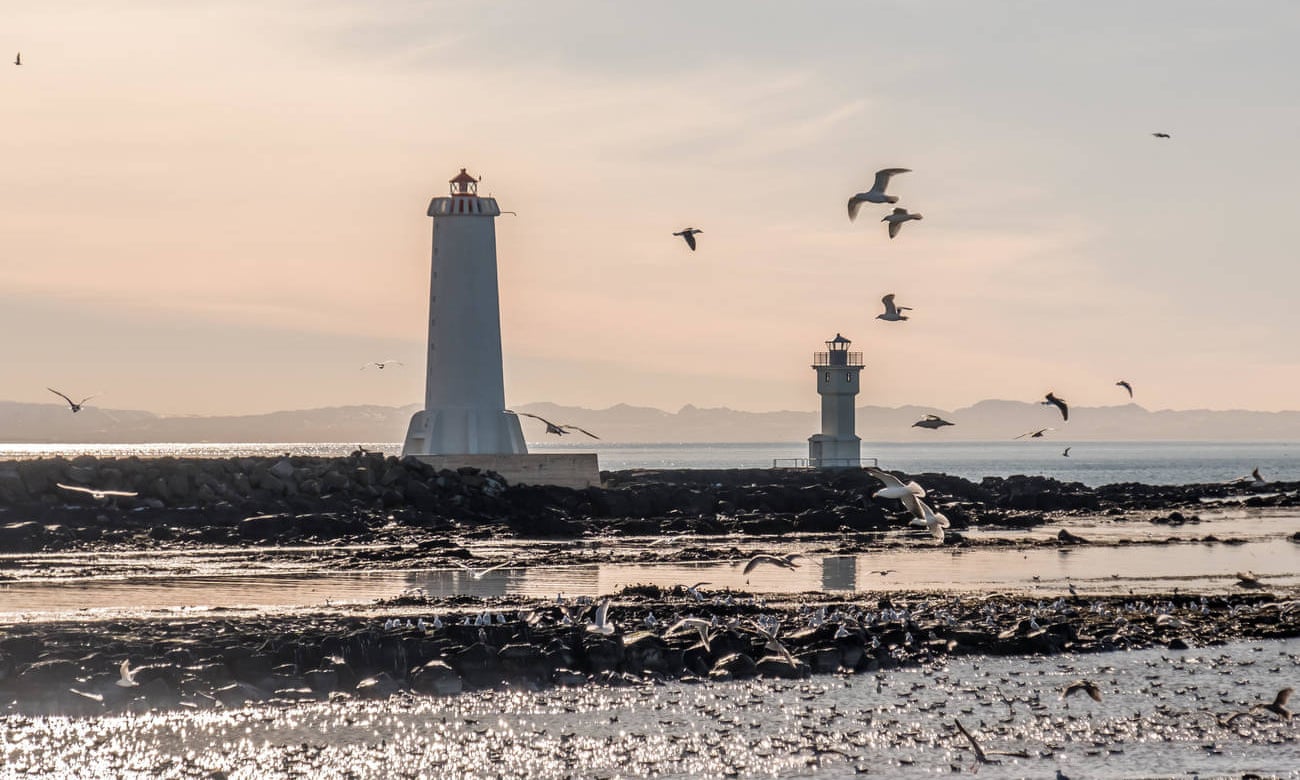
As my friend filled his Instagram feed with views of sunrise over the Atlantic, and the mountains of Akrafjall and Esja, I wandered to the door of the Akranes lighthouse. Keeper Hilmar Sigvaldason opened it and welcomed us in. Often it’s what you can see from a lighthouse that’s the highlight but Hilmar has reinvented Akranesviti – built in 1944, and gazing down on a smaller, older lighthouse a short distance away – as an arts venue. The acoustics inside are wondrous and the sustain so memorable that it hosts intimate concerts and recording sessions, as well as being used for art projects. The peninsula scenery is striking and Akranes is just an hour’s drive from Reykjavik – via the impressive 5.7km Hvalfjörður Tunnel.
Hotel Les Charmettes, St Malo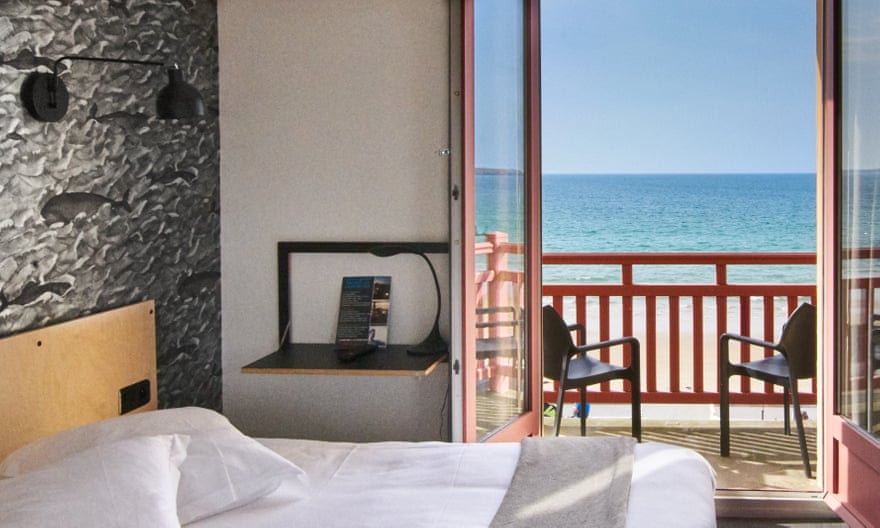
Hôtel Les Charmettes, east of St Malo’s old town, is in a handsome 19th-century beachfront villa, yet the decor and services are rooted in the 21st century: retro gifts on sale in the mini boutique, yoga on Saturday mornings. At breakfast we took our coffee on to the promenade and watched the vast, sandy beach fill up with joggers, paddleboarders, sailors and windsurfers. There were more people walking in the sea than swimming: longe-côte, a resistance training exercise in waist-deep water is hugely popular here. At lunchtime on the hotel terrace, there were more locals than guests ordering bowls of moules and seafood platters. In the granite-walled old town, a 15-minute stroll away, is the port where most arrivals drive straight off the ferry and on to places in Brittany or beyond, unaware of a charming little hotel beyond the harbour walls.
Moscow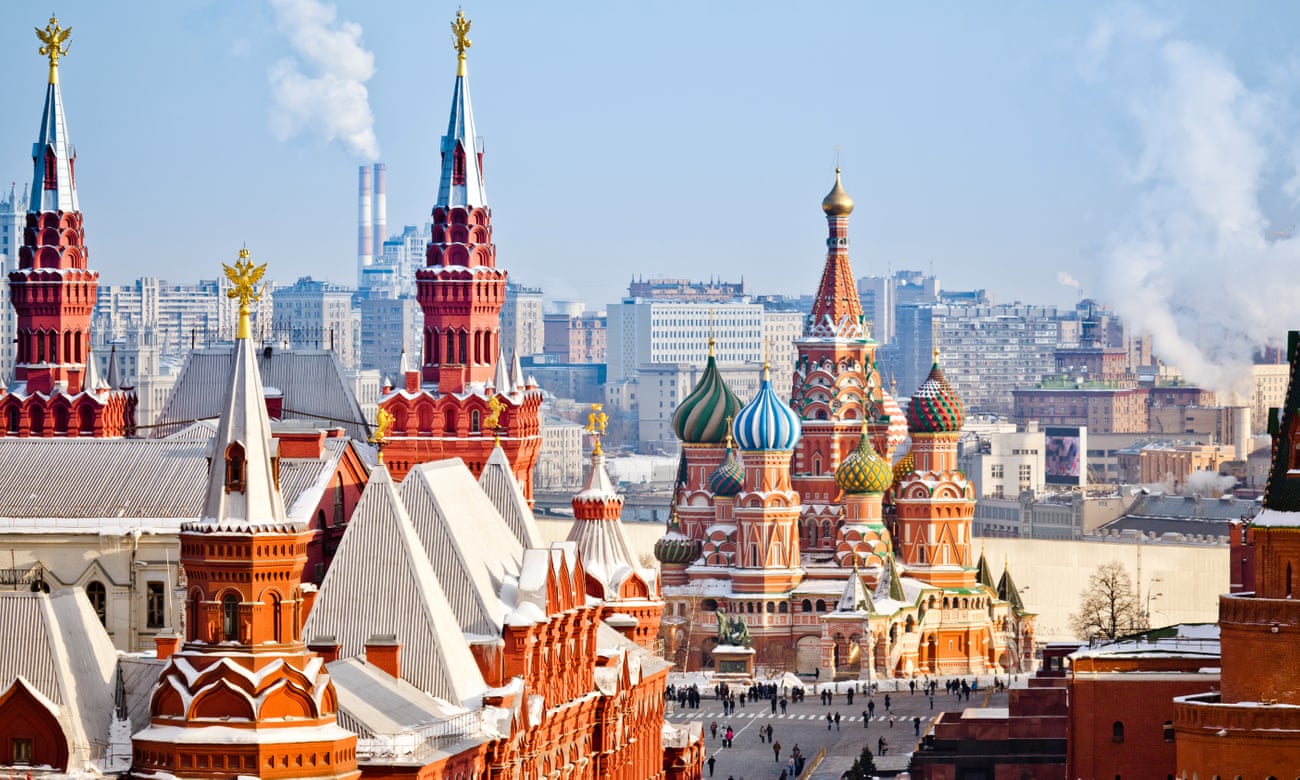
Many British and European football fans, me included, initially, dismissed the idea of travelling to Russia for the World Cup for fear it would be dangerous, expensive and even potentially life threatening following the Salisbury attack. So much for cold-war paranoia. When I got over myself and went, I was bowled over by the grandeur of Moscow. It is as impressive as Paris, maybe more so, but with history and architecture unlike any other European city. It’s also friendly, welcoming and safe. Standing in Red Square and looking down to St Basil’s Cathedral is just exhilarating – even when crowded with footie fans and TV crews from around the world. And I didn’t have time to visit the Kremlin, the number one attraction.
Heart of Wales railway line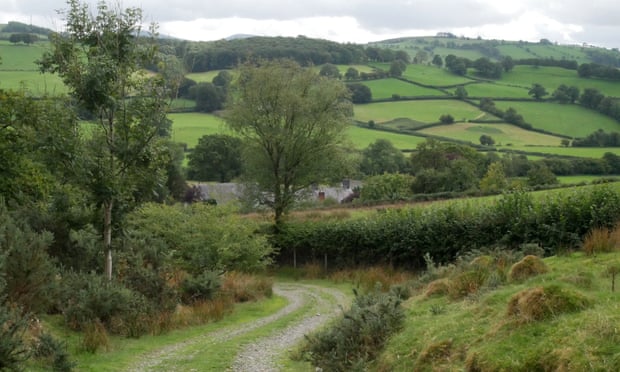
A few miles south of Shrewsbury there’s a little town called Craven Arms and from there a single-track 121-mile railway runs south-west through some of Wales’s most magnificent landscapes. It has been operating since 1868 but recently someone had the bright idea of an accompanying long-distance footpath that would loosely follow the line, coinciding at the stations, many of them request halts. Most of the path is now open (final completion due March 2019), allowing walkers to hop on and off the train, building day walks or longer, with nights in pubs or B&Bs in towns such as Llandrindod Wells and Llandovery.
Castello di Santa Severa, near Rome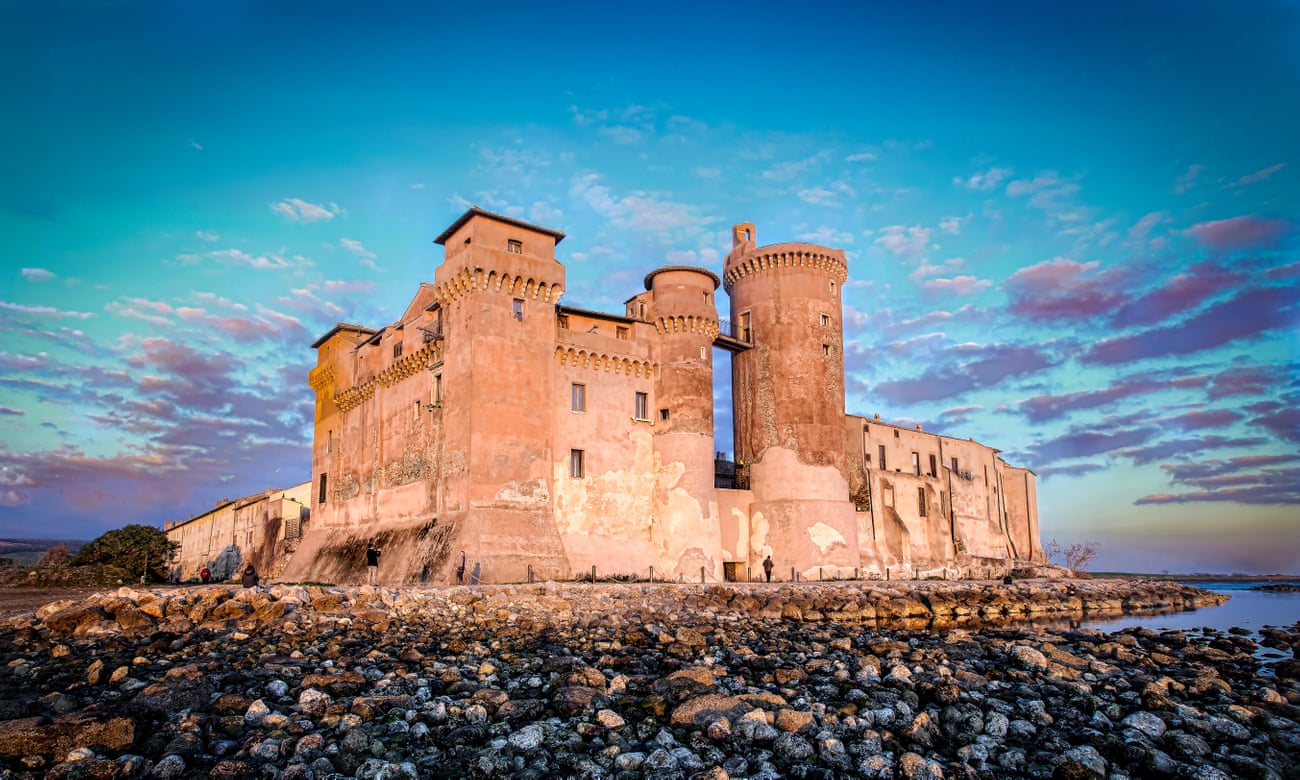
Historic buildings in gorgeous settings tend to get turned into five-star hotels but the Lazio regional government targeted budget travellers when converting 14th-century Castello di Santa Severa. Overlooking a sandy beach 50km north of Rome, the castle has been home to nobles, popes and German soldiers over the years but now its oldest part is a hostel with dorms (€25) and private doubles (from €65). The best bit is that Santa Severa’s railway station is 15 minutes’ walk away, with trains to St Peter’s and Trastevere taking about 40 minutes, so it’s easy to combine seeing the Eternal City with days on the beach. Nearby Santa Severa village has shops for supplies to cook in the communal kitchen.
Source

THE BEST TRAVEL DISCOVERIES OF 2018: CHOSEN BY GUARDIAN WRITERS

10 OF THE BEST WARMING WINTER DRINKS AROUND THE WORLD

I THINK MY DAD’S GIRLFRIEND TAKES ADVANTAGE OF HIM. HOW CAN I GET OVER MY ANGER AT HER?

BEAUTY TIPS: HOW TO SHINE WITHOUT LOOKING ‘SWEATY’
Eva Wiseman Sun 23 Dec 2018

MY LIFE IN SEX: 'I LIKE HUGGING, HOLDING HANDS AND KISSING, BUT DON'T FEEL SEXUAL ATTRACTION'